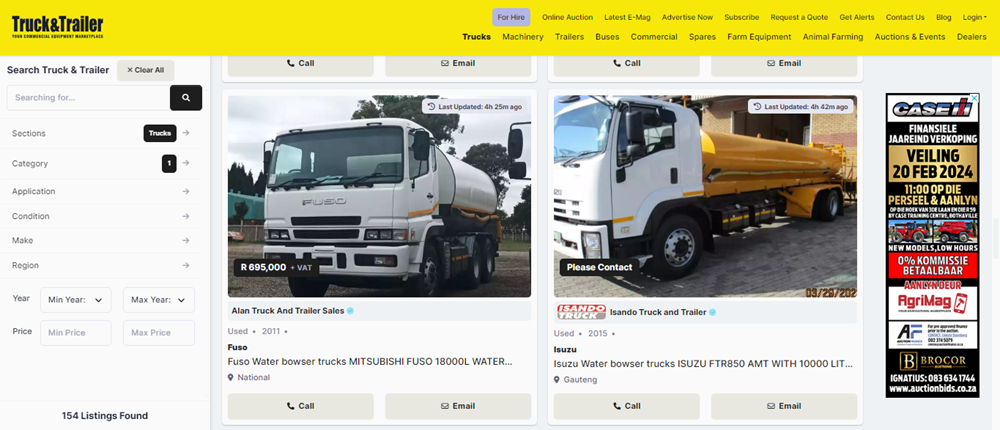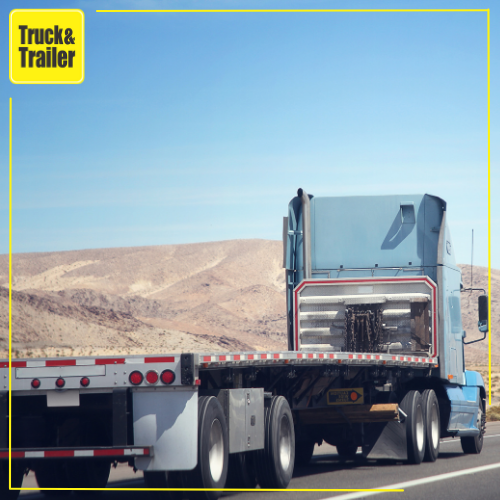Water scarcity is a critical issue that many regions, including South Africa, grapple with on a regular basis. To address this challenge, the use of water bowser trucks has become increasingly prevalent. These specialised vehicles play a crucial role in transporting and distributing water to areas facing shortages or emergency situations. In this article, we will delve into the different parts of water bowser trucks and their vital uses in South Africa.

Understanding the Components:
1. Tank Body:
At the heart of a water bowser truck lies its tank body, a robust and watertight container designed to store and transport large quantities of water. These tanks are typically made of materials resistant to corrosion, ensuring the purity and safety of the water being transported.
2. Pump System:
The pump system is a critical component responsible for the efficient loading and unloading of water. It aids in drawing water into the tank and expelling it when required. High-quality pumps are essential for ensuring a consistent and reliable water supply, especially in emergency situations.
3. Spray Bar or Nozzle:
Water bowser trucks are often equipped with a spray bar or nozzle system for controlled water distribution. This feature is particularly useful in agriculture for crop irrigation, dust suppression on construction sites, and firefighting efforts. The adjustable nozzles allow for precise water dispersion, making it a versatile tool in various applications.
4. Chassis and Suspension:
The chassis provides the structural foundation for the water bowser truck, supporting the tank and all its components. Sturdy suspension systems are crucial for ensuring stability and smooth operation, especially when navigating challenging terrains or uneven surfaces common in South Africa.
5. Hose and Reel:
A flexible hose and reel mechanism facilitate easy access to water from the tank. This component is essential for filling other containers, providing water to remote locations, or connecting to stationary water sources.
Uses of Water Bowser Trucks:
Drought Relief:
South Africa frequently experiences periods of drought, impacting water availability for both urban and rural areas. Water bowser trucks play a pivotal role in delivering water to communities facing severe shortages, ensuring a basic necessity for daily life.
Agricultural Irrigation:
The agricultural sector heavily relies on water bowser trucks for efficient irrigation. These vehicles assist farmers in maintaining crop health and yield, contributing to food security in the region.
Mining Operations:
In mining activities, water is essential for dust suppression, material processing, and overall site safety. Water bowser trucks are integral to these operations, providing a mobile and reliable water source where fixed infrastructure may be lacking.
Emergency Response:
During emergencies such as fires, floods, or other natural disasters, water bowser trucks are deployed to supply water to affected areas. Their mobility and capacity make them invaluable in addressing immediate needs in crisis situations.

Scenario: The Challenge of Water Scarcity in a South African Village
Picture a rural village nestled in the heart of South Africa, where the scorching sun beats down relentlessly, and the land is parched from prolonged periods of drought. The once-thriving agricultural fields now lay barren, and the community struggles to secure even the most basic necessity – water. The situation has reached a critical point, with wells running dry, and residents facing the harsh reality of water scarcity.
In this dire scenario, the importance of water bowser trucks becomes abundantly clear. As traditional water sources fail to meet the needs of the community, a fleet of these specialised vehicles rolls into the village, offering a lifeline to its residents.
Deployment of Water Bowser Trucks: A Critical Response
The trucks, equipped with their sturdy tank bodies, pump systems, and spray bars, become a symbol of hope for the village. The local authorities mobilise the fleet to provide immediate relief and address the pressing water crisis.
The robust chassis and suspension of the trucks prove invaluable as they traverse the challenging terrains of the region. Dusty, unpaved roads pose no obstacle, and these trucks navigate with ease, reaching even the most remote parts of the village that are grappling with acute water shortages.
Agricultural Revival: Sowing the Seeds of Change
One of the primary uses of the water bowser trucks in this scenario is to rejuvenate the desolate fields that were once the backbone of the community. The spray bar or nozzle system comes into play, allowing for precise irrigation of crops that desperately need water to thrive. The impact is almost immediate – as the water cascades onto the barren land, a green transformation begins to unfold.
Farmers, once disheartened by the prospect of failed crops, now witness the promise of agricultural revival. The water bowser trucks provide the necessary water for planting, nurturing, and cultivating, ensuring that the community can once again sustain itself through agriculture.
Emergency Relief in Every Drop: Responding to Crisis Situations
As the village grapples not only with drought but also with the heightened risk of wildfires, the trucks showcase their versatility in emergency response. In the event of a fire, these trucks become mobile firefighting units, swiftly reaching the affected areas and deploying water to suppress the flames.
The hose and reel mechanism of the water bowser trucks allow firefighters to connect to the mobile water source, ensuring a constant supply to battle the inferno. The ability of these trucks to respond rapidly to emergencies becomes a crucial element in safeguarding lives, livestock, and the environment.
All in all, water bowser trucks play a multifaceted role in addressing South Africa's water challenges. Understanding the different components of these vehicles sheds light on their versatility and importance in various sectors. From agriculture to emergency response, these trucks continue to be a lifeline for communities grappling with water scarcity. As South Africa navigates its water-related issues, the reliance on well-maintained and efficient water bowser trucks remains paramount.



